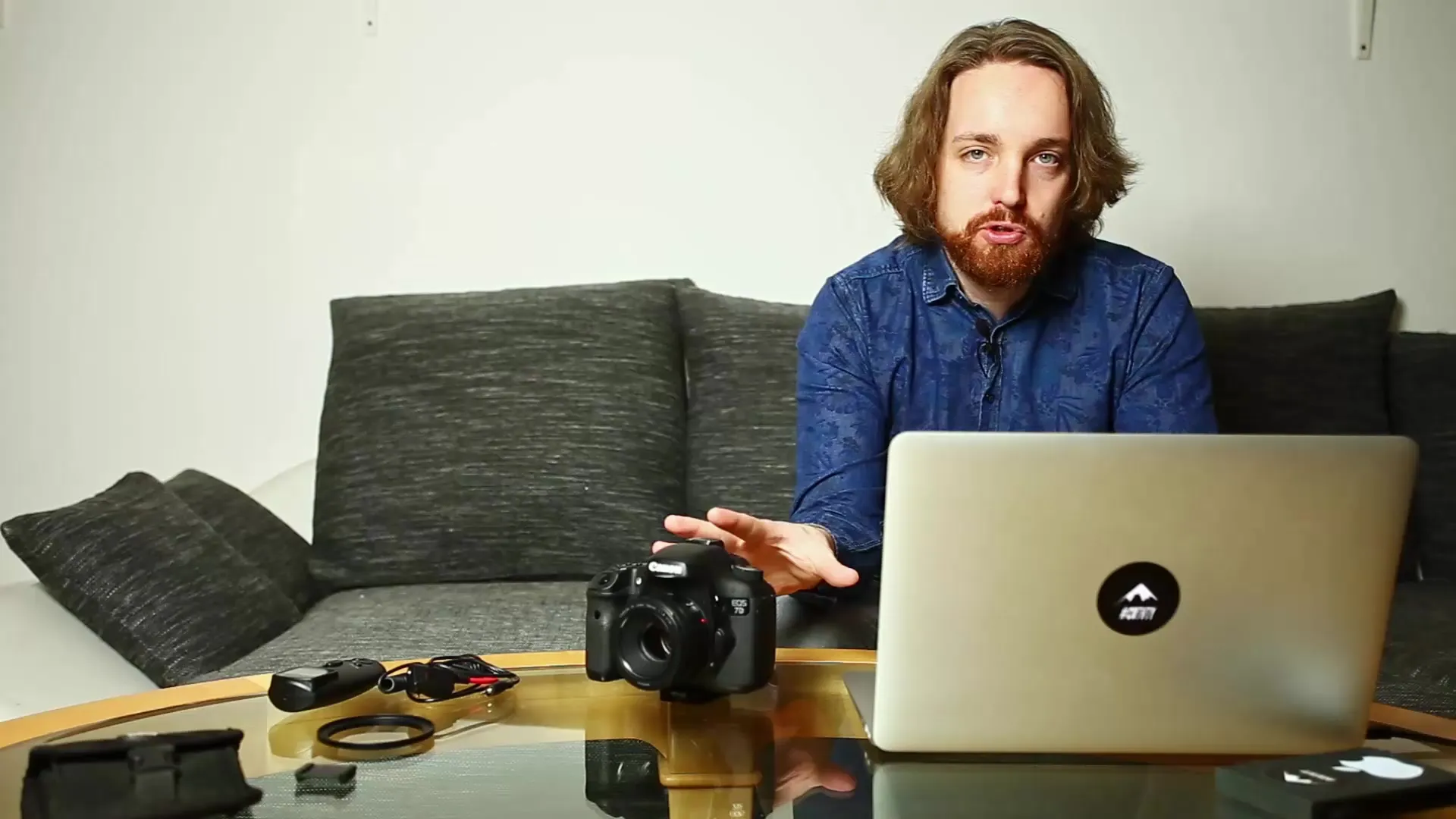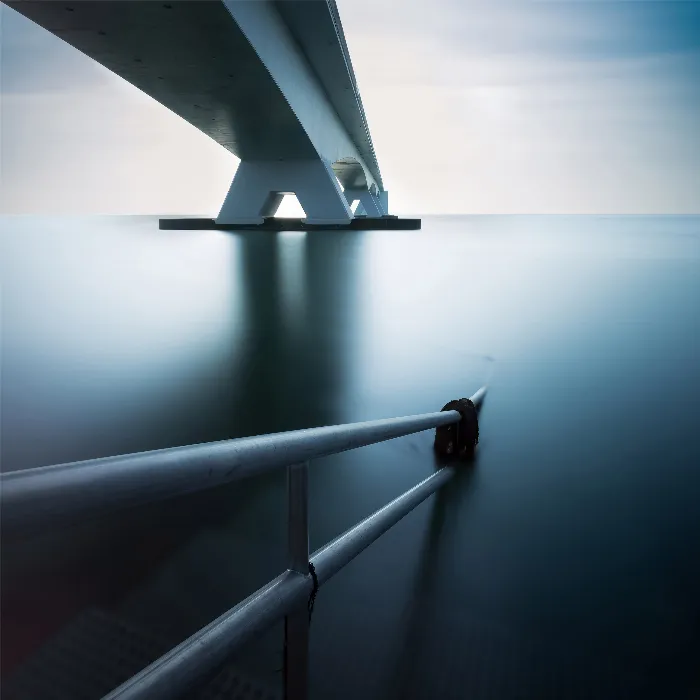Do you want to create impressive long exposure photos? Then it is important that your camera meets the right requirements. The good news is that you don't necessarily have to own an expensive DSLR or mirrorless camera. However, there are some basic requirements that your camera should meet to dive into the world of long exposures.
Key Takeaways
- A manual mode is essential to manually set the exposure time, aperture, and ISO.
- The Bulb mode allows for longer exposure times by keeping the shutter open as long as the trigger is pressed.
- A remote shutter release is important to avoid camera shake while using the Bulb mode.
- A viewfinder cover is especially useful for DSLRs to block unwanted light during exposure.
- The use of neutral density filters expands the possibilities for taking long exposures by allowing for longer exposure times.
Step-by-Step Guide
Step 1: Activate Manual Mode
First, it is important that your camera has a manual mode. This is often indicated by the abbreviation "M" on the mode dial. This allows you to manually set the exposure time, aperture, and ISO without the camera making suggestions. So check whether you can find the manual mode directly on your camera's setting dial or how to activate it in the menu.

Step 2: Use Bulb Mode
For longer exposure times than 30 seconds, you need to use Bulb mode. This mode allows the camera to expose for as long as you hold down the shutter release. Make sure you can still manually set the sensitivity and aperture while in Bulb mode. However, do not hold down the shutter too long to avoid camera shake.
Step 3: Connect Remote Shutter Release
To avoid camera shake when working in Bulb mode, you should get a remote shutter release. You can connect the remote shutter to the appropriate port on your camera. This allows you to start and stop the exposure without manually touching the camera. Make sure to use a compatible cable for your camera model, as these ports can vary by manufacturer.
Step 4: Use Viewfinder Cover
If your camera has an optical viewfinder, it is important to cover it during long exposures. Light entering through the viewfinder can cause unwanted light spots and a magenta haze in your images. Use a viewfinder cover or improvise with a cloth or tape to ensure no light falls on the sensor from behind.
Step 5: Check Filter Thread
To conduct long exposures that last several minutes, it is advisable to use neutral density filters. Check whether your lens has a filter thread and what size it is. This information is important for purchasing the right filters suitable for your camera.
Step 6: Use Neutral Density Filters
Neutral density filters can help you significantly extend the exposure time. These filters reduce the amount of light hitting the sensor, allowing you to take longer exposures even in bright light. They are available as screw filters as well as in the form of slide-in filters that fit into a specific holder. Be sure to select the right filter for your shots.
Summary – Long Exposures: Camera Requirements for Optimal Results
You have now learned the key requirements that your camera must meet to create impressive long exposures. Attention to manual mode, Bulb mode, using a remote shutter release, covering the viewfinder, and using neutral density filters are essential points for high-quality shots.
Frequently Asked Questions
Do I really need a Bulb mode for long exposures?Yes, Bulb mode allows you to take exposures longer than 30 seconds and is crucial for long long exposures.
Can I take long exposures without a remote shutter release?Theoretically yes, but you risk camera shake, which can affect image quality.
Are neutral density filters necessary for long exposures?Neutral density filters are recommended as they allow for longer exposure times in bright conditions.
Do I have to use an expensive model for long exposures?No, many compact and bridge cameras can also be used for long exposures, but they have limitations.
How do I choose the right remote shutter release?Make sure that the remote shutter release is compatible with your camera model and offers the features you need.


